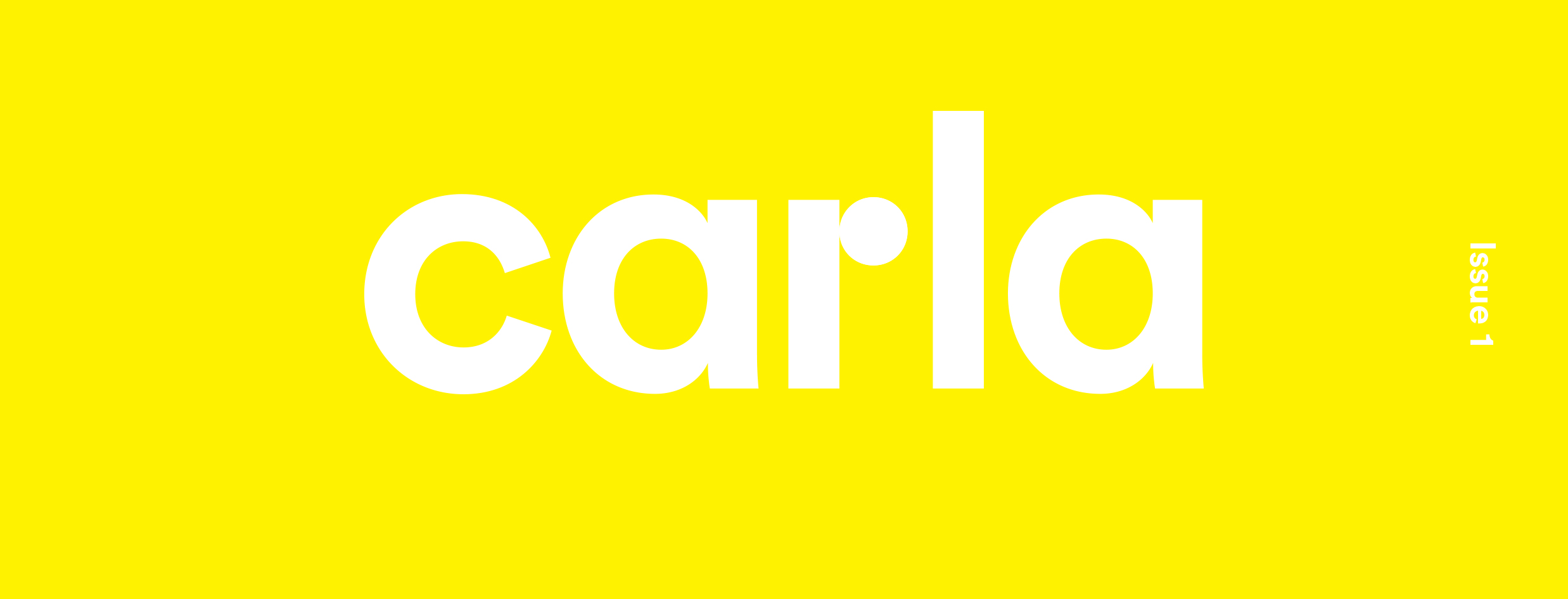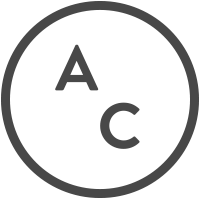
#studio #visit with #devin #kenny
by Barnett Cohen
April 24, 2015
It’s fitting that my conversation with artist Devin Kenny occurred over email. Kenny is constantly utilizing or referencing the internet; through his tumblr Studio Workout, his heavy presence on social media (Facebook/Instagram/Twitter), and through his art practice. His “objects of regard”—otherwise known as sculptures for those who are uninitiated to Kenny’s comprehensive mnemonic devices—at his recent show at Aran Cravey, circled back to the computer. His simple wood sculptures, titled Desktop Widgets, resemble our collective tools for accessing the internet: i.e. mice, iPads, hard-drives. In our computer- screen-mediated conversation, we began by discussing Kenny’s relationship to the internet and wound up touching upon hip hop, comedians, and kicks.
Barnett Cohen: In your interview with the artist Brad Troemel, you said, “the interesting thing about using the internet is that it is a space that in some ways is an analog to the way my mind works.” Speak more on that and how the rabbit-hole that is the internet mirrors your mental process?
Devin Kenny: I’m excited by through- lines of connection. I often link things together like a web, point-to-point, from the outside in. From skateboard- ing and graffiti, and growing up in this beautiful Black body in a very segre- gated city, I became very aware of my environment. I love hip hop, and its concern with chronicling life at street level; and through it I felt supported in my passion for the visual and auditory culture I would encounter on a day-to-day basis. My subcultural interests were fostered by the internet, whether it was p2p or bulletin boards. There’s also the aggressiveness and the detritus of the internet: pop-up ads, banner graphics, spam threats, chain letters, away messages, avatar signa- tures. All these things seemed rife for the same attention and appreciation that I would give to what I passed on the street or on public transportation.
As a teen online in the early 2000s, I had this painful feeling that all this cool stuff had happened in the past, and that I just missed the boat—and that it would never return because the Patriot Act was killing everything. Maybe this fear was a result of an overexposure to materials; I used to borrow like seven CDs a week from my older friend Dorian. He had a huge library (multiple walls of tapes and CDs, graphic novels, incendiary literature, etc.), but even that paled in comparison to how deep I could plunge online.
BC: How attached are you to the words you employ within your work? So much of our contemporary inter- action with language and images is fleeting (i.e. scrolling through Instagram or our FB feeds) and I am curious if/how that interaction or relationship impacts your work?
DK: Was I a man dreaming I was a Snapchat or a Snapchat dreaming I was a man...
My Instagram is pretty light on text, which is fun for me. The Twitter and Facebook accounts are a differ- ent story. I think a lot can be pulled out of a thing meant to be looked at only briefly; that which is discarded can often have a kind value which is not acknowledged or engaged. I like the rapidity that’s possible with social networking and I sometimes seek to bring that kind of immediacy into the art I share with people in physical space. I am also interested in the kind of slowed time possible when you’re in a space full of “objects of regard”.
BC: I find a large chunk of your work to be delightfully tongue-in-cheek and I am wondering if you could speak to your attachment to the objects specifically. Your particular use of humor and your personal investment in the work seem to operate in tandem. For example, the photocopied images that you exhibited at Aran Cravey had a disposable quality to them that struck me as purposefully out-of-place in the setting of a commercial gallery.
DK: The photos were originally part of a double-sided installation in the Made In LA show at The Hammer last year. They were 35mm range- finder photos I took in Culver City, Inglewood, and other parts of L.A. They were then scanned and printed on an office copier and pinned to a cubicle wall. They resist some of the restrictions of the curated print while also letting a person take in the image. It’s not about fighting ‘the pre- cious’ as a rule, but it is about giving opportunities [for interaction] that isn’t always available to people. A lot of work in the Aran Cravey show can be touched by people (the yoga mat/ mouse pad, the masks to wear for ris- qué selfies, and the widgets), because OPTICAL ZOOM IS NOT ENOUGH!
BC: Does the act of titling function as a kind of finale for you to the act of creation?
DK: I usually name pieces at the end, and I just try to have fun in the ways
I know how. I do try to make the titles and the works “rhyme” with each oth- er somehow, even if it’s a slant rhyme. It was a long time before I could embody some of Yeezy’s teachings.
BC: How did you arrive at the vari- ous alternative personas you have created, like Devin KKenny, Darren Krutze, and Ellsworth R. Kelly?
DK: Devin Kenny came from a satire about how there weren’t a lot of MCs who used their real name (Kanye West, Erick Sermon, and Mike Jones being the only exceptions at the time, though this has changed). It started as a performance art/music project jumping off of an imagined meeting of the South Bronx (hiphop) and Downtown (art). That and how your name always gets misspelled before you’re famous.
Darren Krutze is from a project that was in the show at Aran Cravey: a photo diptych titled, Slave Name/ Stage Name/Ellis Island Snafu. I was thinking about the given name as an ideological container and the violence of “making things easier for people.” Whether it be a stage name chosen to evade/delay anti-Semitism, or remov- ing diacritical marks, and the cultural mismatches that arise from the legacy of slavery. The photographs are of a wall that was a shared studio space at Cooper Union where I started writing this list of names that were “ethnically consistent” (culled from baby name websites). The caveat was that they all were names that become “D.K.” I wrote them with a fat tipped marker (graffiti reference) and even- tually people picked up on the pattern and felt entitled to contribute to it so there’s a degree of social construction going on too.
And Ellsworth R. Kelly, I mean, you know how you can get real nasty with abstraction, right? My sister went to junior high with Kellz.
BC: I recently saw Jerrod Carmi- chael perform a set at the Comedy Store. He said that he feels like he is compensating, always compen- sating. Like he buys boxes of kicks, of sneakers, to compensate for growing up poor. On your tumblr, Studio Workout, you posted a photo of a sneaker (JS Wings 3.0 designed by Jeremy Scott and fabricated by Adidas) with the caption “sculptures on my feet, haters on my heels, emptiness in my heart.” It reminded me of Carmichael’s bit.
DK: I started Studio Workout in 2010 to unpack why so many people I knew would be blasting Trap music, or Dipset, or other epic music about drug dealing in their studios. Both volumes of the Studio Workout mixtapes deal with the intersections of the heroic white male painter, and the hyper-masculine Machiavellian Black male rapper, who is portrayed as heartless and subhuman. Studio Workout is a performative space and many of the posts are from a figure who’s a mix of these two archetypes. In regards to compensating, when you are told from all angles that you aren’t worth anything, and that you’re unlikely to amount to anything, for generations on end, the desire to stunt on people can becomevery strong.
BC: LOL on the heartless and sub- human heroic white male painter.
DK: Ha! I didn’t actually say that but it’s funny you put it that way. The thing about archetypes is one may feel left out if one don’t easily fit into them. The other thing about arche- types they can be very lucrative for people. Shout out to George Lucas.
